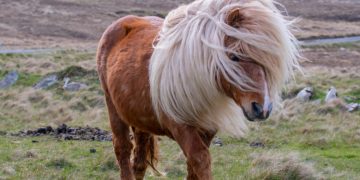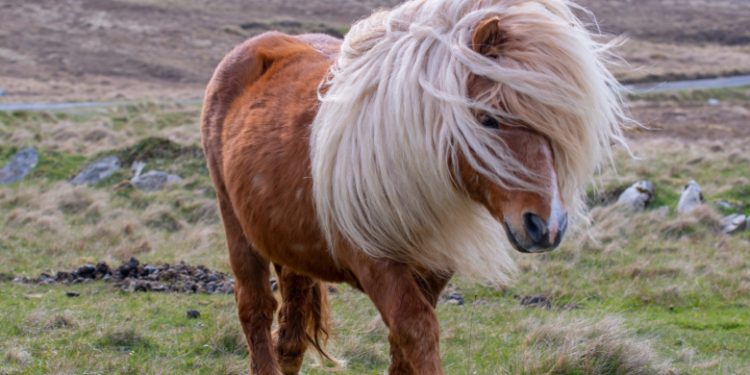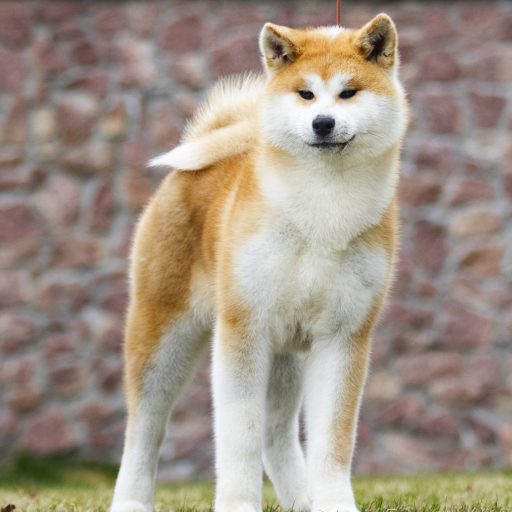The Shetland is neither more nor less than THE pony known to all riders. Indeed, which rider has not started riding on the back of Shetland? Small but robust, the Shetland has many assets that make him an outstanding pony. Appreciated by children, the Shetland is a pony with character.
Breed History
Originally from Scotland, and more precisely from the “Shetland” islands, the Shetland is a very old breed of pony.
Although its history is little known, the Shetland was used extensively for work in the coal mines due to its size and hardiness before becoming the little hobby pony we know.
Physical peculiarities
His head: the head of the Shetland is large with a broad forehead and small ears carried high. The look is soft and lively. The nostrils are wide and open.
Its neckline: it is powerful.
His body: the Shetland is a compact pony with a short but wide and powerful back. His hindquarters are also muscular and powerful.
Limbs: Shetland’s limbs are short and strong. His feet are solid and round.
Its coat: the Shetland coat can be of any color except for the spotted pattern which is not accepted by the Stud-Book. In winter, the Shetland’s coat becomes long and thick.
His hair: they are hard, thick and voluminous.
His gaits: the gaits of the Shetland are energetic and regular.
Use
Thanks to its size, the Shetland is the preferred mount for children. He is a very good equine for learning leisure and competition riding, which is why he is often found in equestrian centers. Due to its morphology, its maneuverability and its power, the Shetland is particularly suitable for driving.
Its intelligence and appetite for play make the Shetland a very good circus and show pony.
Famous Shetland Horses
In the mid-1960s, a series depicted a very famous Shetland on the small screen: we named… Poly!
Breeding
In France, Shetland farms are mainly located in Brittany, Normandy, in the Center and in Auvergne. The breedings are numerous and make the Shetland the second highest pony behind the Poney Français de Selle.












